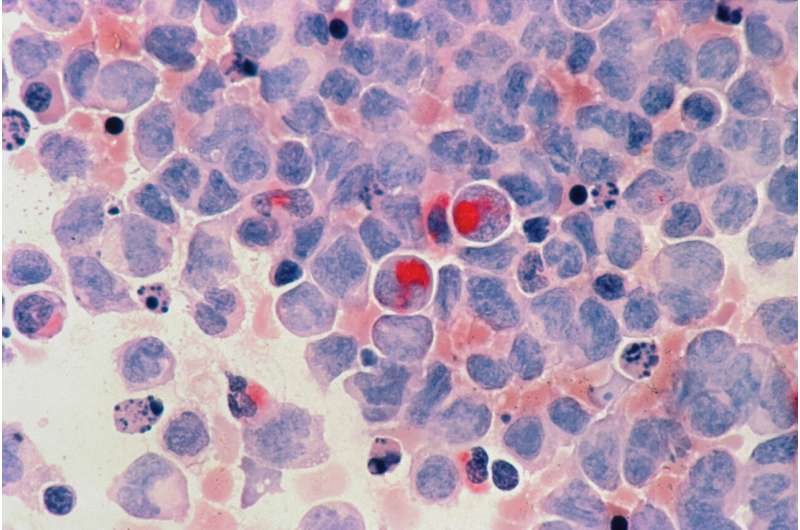Advances in Precise Deep Brain Stimulation Targeting for Drug-Resistant Epilepsy

Recent advances in neuroimaging and intraoperative techniques are enhancing the precision of deep brain stimulation targeting the centromedian nucleus, offering new hope for patients with drug-resistant epilepsy. Learn about innovative approaches that improve surgical outcomes and seizure control.
Approximately one-third of the global population living with epilepsy, totaling around 50 million people, experience resistance to anti-seizure medications, leaving limited treatment options. For these individuals with drug-resistant epilepsy, surgical procedures become a viable alternative, yet accurately pinpointing the seizure source within the brain remains a significant challenge, especially when seizures originate from multiple regions.
Deep brain stimulation (DBS) has emerged as a promising therapy for treatment-resistant epilepsy. This technique involves implanting electrodes in specific brain areas to deliver targeted electrical impulses, which can help control seizures. While stimulation of the anterior nucleus of the thalamus has gained approval in Europe and Canada, researchers are increasingly exploring the potential of targeting the centromedian (CM) nucleus, a thalamic structure with extensive connections to cortical and subcortical regions.
The CM is particularly associated with generalized and frontal lobe seizures, including those seen in syndromes such as Lennox–Gastaut syndrome. However, accurate placement of electrodes within the small and deep-seated CM nucleus poses technical difficulties, as it is situated near other thalamic nuclei, increasing the risk of misplacement and suboptimal outcomes.
A recent comprehensive review conducted by scientists from the University Hospital La Princesa in Madrid and the Johannes Gutenberg University Mainz has focused on improving the precision of CM targeting using advanced imaging and intraoperative techniques. The team highlighted several innovative approaches:
- High-resolution magnetic resonance imaging (MRI), especially sequences like MP2RAGE, enhances contrast between the CM and neighboring structures, allowing clearer visualization.
- Diffusion tensor imaging (DTI) tractography maps specific neural pathways, aiding in the identification of circuits connecting the CM to critical brain regions.
- Intraoperative microelectrode recordings (MER) provide neurophysiological signatures unique to the CM, such as tonic activity and lower spike rates, guiding accurate electrode placement.
Combining these modalities forms a multimodal approach that significantly improves targeting accuracy. The integration of anatomical, electrophysiological, and connectivity data allows surgeons to tailor DBS procedures to the individual's brain structure, potentially increasing therapeutic effectiveness while minimizing risks.
The review emphasizes that understanding the brain's network connections is crucial — successful outcomes depend not just on targeting a nucleus but on modulating the specific circuits involved in seizure propagation. As diagnostic tools and neuroimaging methods continue to evolve, CM-DBS could become a more reliable and widely used treatment option for patients with otherwise untreatable epilepsy.
This research underscores the importance of technological precision and personalized medicine in neurosurgical interventions for epilepsy, offering renewed hope for patients with complex seizure disorders.
Stay Updated with Mia's Feed
Get the latest health & wellness insights delivered straight to your inbox.
Related Articles
The Critical Role of Social Connection in Health Recognized by Recent Research
Emerging research underscores the underrecognized yet significant impact of social connection on health and longevity, urging a shift in healthcare and public awareness.
Genetic Factors Influence Why Some People Age Faster Than Others
New research identifies over 400 genes linked to different types of accelerated aging, paving the way for personalized anti-aging therapies and improved health in older adults.
Inflammation, Social Disadvantage, and Heart Disease Risk in Women
A groundbreaking study reveals how chronic inflammation links social deprivation, aging, and increased heart disease risk in women, offering new avenues for targeted prevention.



